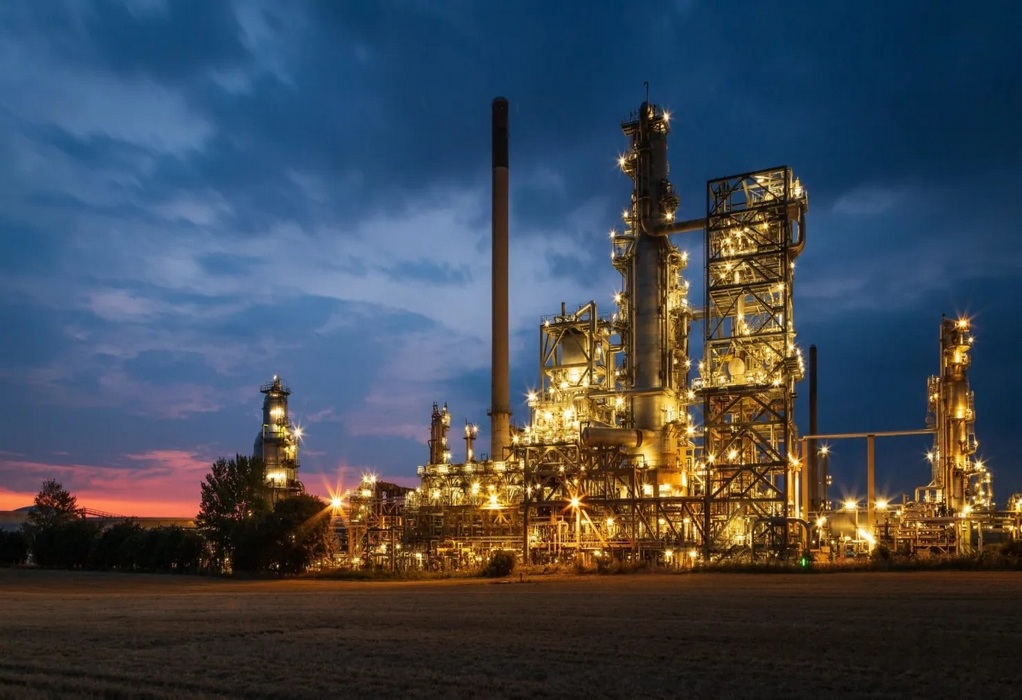The chemical building blocks derived from petrochemicals continue to play a crucial role in society. Syngas production contributes significantly to petrochemical CO2 emissions. The technology exists to significantly reduce syngas CO2 emissions at scale and help the industry on its road to net zero.
Petrochemicals have played a crucial role in society for over 50 years and throughout that time the industry has constantly evolved, adopting novel technologies and processes to drive efficiency improvements and cost reductions. The focus is now on how to reduce the carbon footprint of the chemical industry, which is the third-largest emitting industry behind the iron/steel and cement industries.
According to the IEA, 2018 CO2 emissions from the chemical sector were 1.5 gigatonnes or 18% of industrial CO2 emissions. A significant quantity of this CO2 originates from syngas derived from fossil fuels. The technology to substantially reduce these emissions already exists and it can help the chemical industry as it moves towards net zero. Not all Syngas CO2 emissions are the same
Syngas production uses steam methane reformer (SMR) technology to convert natural gas into a mixture of predominantly hydrogen and carbon monoxide – referred to as syngas. The hydrogen produced via this process is used to produce cleaner-burning transport fuels, ammonia fertilizer, and most chemical production as an agent to the chemical building blocks of ethylene, propylene, and butadiene, and the syngas is used to make the chemical intermediate, methanol.
Methanol is used to make thousands of products used in practically every aspect of our lives, including acrylic plastic, synthetic fabrics, and fibres used to make clothing, adhesives, paint, and plywood used in construction, and as a chemical agent in pharmaceuticals and agrichemicals. Hydrogen can also be used to power fuel-cell cars and trucks and will work alongside battery technology to drive the decarbonization of the transport sector.
Steam reforming is an endothermic process, which means that high levels of heat need to be supplied to drive the reaction; in the traditional SMR process, this heat is generated by burning methane in a separate process stream, which produces CO2 resulting in high carbon intensity for this process. Carbon capture and storage (CCS), in which the CO2 is captured and subsequently stored (for example in depleted oil and gas fields), can reduce the carbon intensity of the SMR process.
Moving to clean energy is key to combating climate change, yet in the past five years, the energy transition has stagnated.
Energy consumption and production contribute to two-thirds of global emissions, and 81% of the global energy system is still based on fossil fuels, the same percentage as 30 years ago. Plus, improvements in the energy intensity of the global economy (the amount of energy used per unit of economic activity) are slowing. In 2018 energy intensity improved by 1.2%, the slowest rate since 2010.
Effective policies, private-sector action and public-private cooperation are needed to create a more inclusive, sustainable, affordable and secure global energy system.
Benchmarking progress is essential to a successful transition. The World Economic Forum’s Energy Transition Index, which ranks 115 economies on how well they balance energy security and access with environmental sustainability and affordability, shows that the biggest challenge facing energy transition is the lack of readiness among the world’s largest emitters, including US, China, India and Russia. The 10 countries that score the highest in terms of readiness account for only 2.6% of global annual emissions.
Source: https://www.thailand-business-news.com/
Tags: Carbon Footprint, CO2 Emissions, Energy Consuption, Methanol, Petrochemicals


Recent Posts
Be8 will produce a new biofuel to decarbonize faster.
Ports of Indiana and Cork partner on major green initiatives
Energy Security through India’s Ethanol Push
IAPH recognises Mormugao Port as an incentive provider
UltraTech collaborates with UCLA to advance cement industry decarbonisation
India to develop roadmap post-20% ethanol blending target: Hardeep Singh Puri
Gensol Engineering partners with Matrix Gas to develop first green hydrogen steel facility
WFS introduces biofuel to reduce GSE carbon emissions by 80%